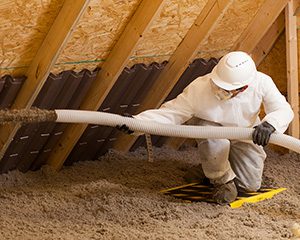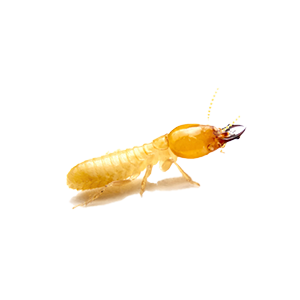Subterranean Termites vs Drywall Termites: What’s the Difference?
Are you living in Indianapolis, Indiana and concerned about termites? If so, you may be wondering what the difference is between subterranean termites and drywall termites.
Understanding the distinction between the two types of termites is important for any homeowner.
That’s why a local pest control company is here to break down the differences between subterranean termites and drywall termites in this blog post.
Read on to learn more!
If you suspect your home to be at the mercy of these brutal pests give us a call at (317) 773-3797 or visit our website.
Where Can Termites Be Found?
Subterranean termites are found in every U.S. state, primarily in southeastern states. The only exception is Alaska.
They live in soil, where they can get the moisture they need to survive, and they build mud tunnels in order to travel to food sources like wood and other cellulose-based materials.
Drywood termites, on the other hand, are much more widely distributed. While they’re not quite as common in the southeast, they’re found throughout the rest of the country, even in Alaska.
Drywood termites prefer drier climates and don’t require soil contact; instead, they live inside their food sources, such as drywall and wood framing.
What Do Termites Look Like?
Subterranean termites and drywall termites can look similar, but there are some key differences that can help you identify which type of termite you are dealing with.
Subterranean termites are dark brown to black in color and their bodies are composed of three distinct segments—the head, thorax, and abdomen. They typically range from 1/8 to 1⁄4 of an inch in length. Subterranean termites also have a pair of antennae and wings, but the wings are typically not very visible as they are quite short.
Drywall termites are similar in size to subterranean termites, but their color can vary from light yellow to dark brown. They have four distinct body segments—the head, thorax, abdomen, and a fourth segment that contains a pair of wings. Their wings are usually more visible than those of subterranean termites and they often have a reddish tint to them.
How Do I Spot a Termite Infestation?
Subterranean termites are easier to spot than drywood termites since they live in underground colonies and must come to the surface to feed on wood.
Signs of subterranean termite infestation include mud tubes, which are tubes made of soil that the insects build to move around in search of food. You can also look for shed wings from swarmers, a group of winged termites that are responsible for creating new colonies.
Drywood termites are more difficult to detect because they live inside the wood, making it difficult to spot them. However, there are still signs of infestation that you can look for.
Look out for damaged wood, frass (wood shavings), and discarded wings from swarmers. You may also see small piles of sawdust or pinpoint holes in the wood as signs of an infestation.
What Kind of Damage Do Termites Cause?

Both subterranean and drywood termites can cause substantial damage to structures, furniture, and other items made from wood.
Subterranean termites, however, are much more destructive because they live in large colonies and feed on wood 24 hours a day. They will usually start feeding on the outer layers of wood and then continue until they reach the inner layers. This is why they are so successful at damaging structural wood and beams in a home or other structure.
Drywood termites, on the other hand, do not live in large colonies and only feed for several hours a day. Therefore, their damage tends to be limited to superficial damage on the surface of the wood.
Subterranean termites also produce mud tubes to get to food sources that are inaccessible to them. These tubes can damage walls and other surfaces around the house as well. Drywood termites do not create mud tubes since they do not need them to access their food source.
How Do I Prevent Termites?
The best way to prevent both types of termites from causing any damage is to regularly inspect your property for signs of infestation and take preventive measures such as keeping wood away from your home’s foundation and caulking cracks and crevices in exterior walls.
If you suspect an infestation, contact a professional pest control service right away.
Reach us at (317) 773-3797 or visit our website.








